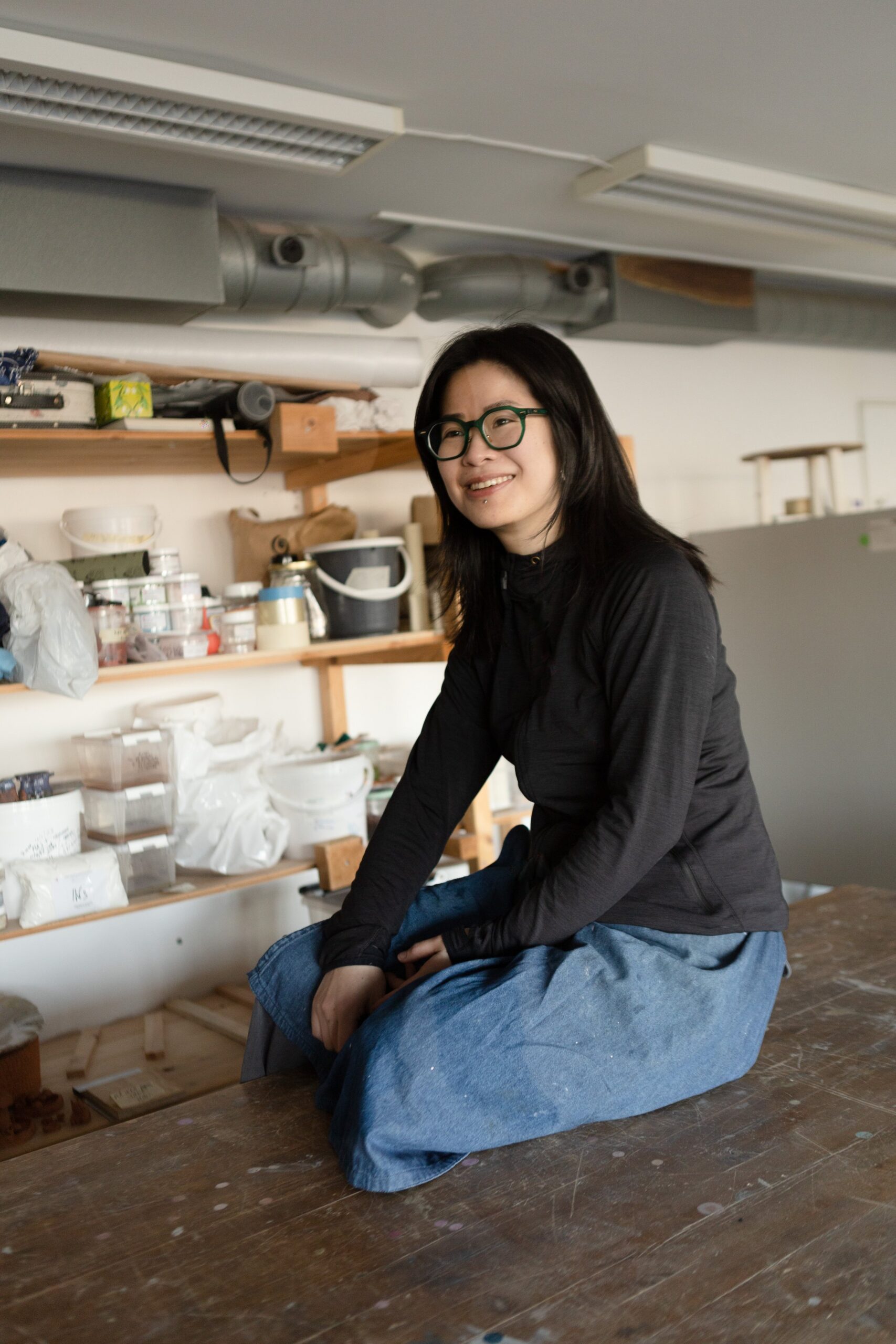
Photo: Olha Korop
Mingshu Li er en kinesisk keramikkunstner bosatt i Oslo, og en av de utvalgte kunstnerne i Novooi-utstillingen Above and Below, en del av Oslo Open. Hun utfordrer tradisjonelle keramiske teknikker og utforsker leire som et skulpturelt medium.
Inspirert av omgivelsene sine bruker hun leire for å forstå sin egen identitet og tilhørighet. De siste tre årene har hun deltatt i utstillinger både nasjonalt og internasjonalt.
Mingshu har en Master of Art in Medium and Material Based fra Kunsthøgskolen i Oslo og en Bachelor of Arts in Ceramic Art and Design fra Guangzhou Academy of Fine Arts i Kina.



